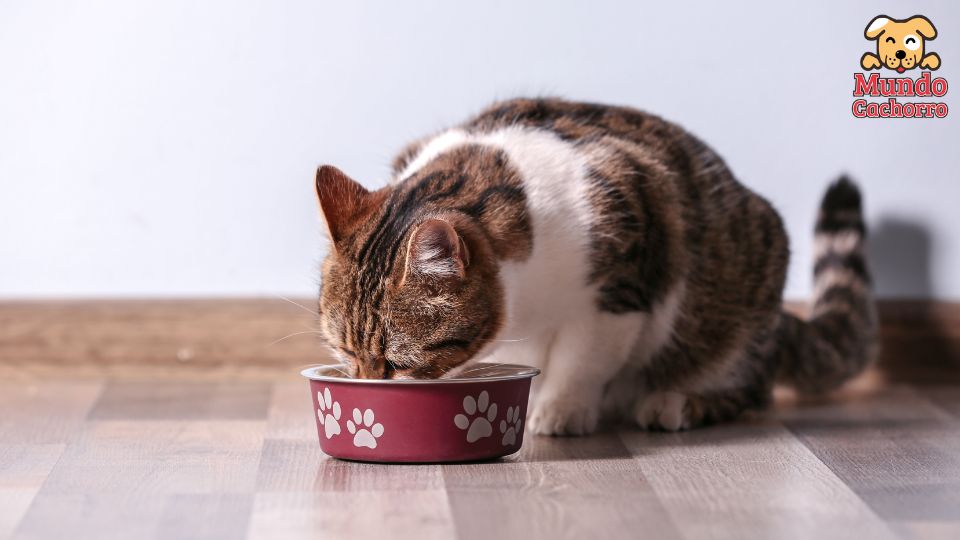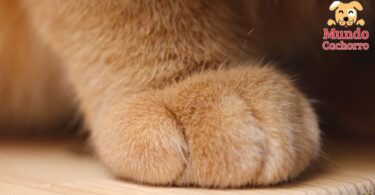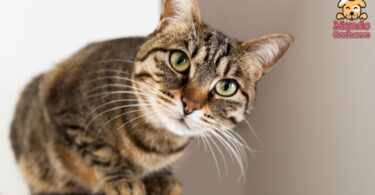Choosing the best food for our cats can be a challenge.
Wet cat food has gained popularity in recent years, not only because of its appealing taste for felines, but also because of the many health benefits it offers.
However, not all cat owners are aware of these benefits or how to select the best option.
In this article, we’ll explore why wet food can be an excellent choice for your cat and how to make sure you’re providing a balanced, nutritious diet.
Indice
What makes wet food special?
Wet cat food contains a high water content, which distinguishes it from dry food.
This is especially beneficial for cats that tend to drink little water. As animals that, by nature, are not big drinkers, many cats do not get sufficient hydration from drinking water alone. This is where wet food plays a crucial role, as it contributes significantly to the daily fluid intake.
Advantages and differences of dry dog food and wet dog food
In addition to hydration, wet food is often more palatable to cats. Its soft texture and intense flavor make it irresistible even for the most demanding felines.
This is useful for cats that have lost their appetite or have dental problems that make it difficult to eat dry food.
Nutritional benefits of wet food
Cats are strict carnivores, which means that their diet must be composed mainly of animal proteins. Wet cat food generally contains a higher percentage of animal protein compared to dry food. This high protein concentration is essential for maintaining healthy muscle mass, especially in older cats.
Another important aspect of wet food is its lower carbohydrate content. Many dry cat foods contain a high level of carbohydrates that are not necessary for the feline diet. Excess carbohydrates can contribute to health problems such as obesity and diabetes.
Wet food, being lower in carbohydrates, is better aligned with the natural nutritional needs of cats.
In addition, wet food usually contains fewer additives and preservatives compared to dry food. This is because its packaging and storage process does not require as many preservatives to keep it fresh. As a result, your cat receives a more natural and less processed food.
When is wet food recommended?
Although wet food offers many benefits, it is not always the best choice for all cats. It is important to consider your pet’s individual needs before making a change in their diet. If your cat is young and in good health, a diet that combines dry and wet food may be ideal to provide variety and balance.
Bad breath in my dog: how to fight it
For older cats, wet food can be especially beneficial. With age, cats may develop kidney or dental problems that make it difficult to eat dry food. Wet food, being easier to chew and digest, can help these cats stay well nourished and hydrated.
Overweight cats may also benefit from a wet food-based diet. Thanks to its low carbohydrate and high protein content, wet food can effectively help control your cat’s weight. In addition, the high water content in wet food contributes to a feeling of satiety, which can reduce overall caloric intake.
How to choose the best wet food for your cat
When selecting wet food for your cat, it is crucial to read labels and understand the ingredients. Look for foods that contain high quality protein as the first ingredient. Avoid products that include animal by-products or an extensive list of preservatives and artificial colors.
It is also important to consider the amount of wet food you feed your cat. Although wet food is beneficial, it must be given in adequate amounts to avoid overweight. Consult your veterinarian to determine the ideal daily portion according to your cat’s weight, age and activity level.
Another recommendation is to vary between different brands and flavors. This not only keeps your cat interested in his food, but also reduces the risk of him developing food intolerances. Some cats can become picky if only one type of food is offered, so introducing variety can be key to a balanced diet.
Final thoughts
Wet cat food offers a number of benefits that can significantly improve your pet’s health and well-being. From better hydration to more adequate nutritional intake, wet food may be the ideal choice for many cats.
However, every cat is unique, and what works for one may not be right for another. In the end, the key is to observe your cat and adjust his diet according to his individual needs. Regular consultation with a veterinarian and being aware of any changes in your cat’s health or behavior will ensure that you are providing the best possible nutrition.








